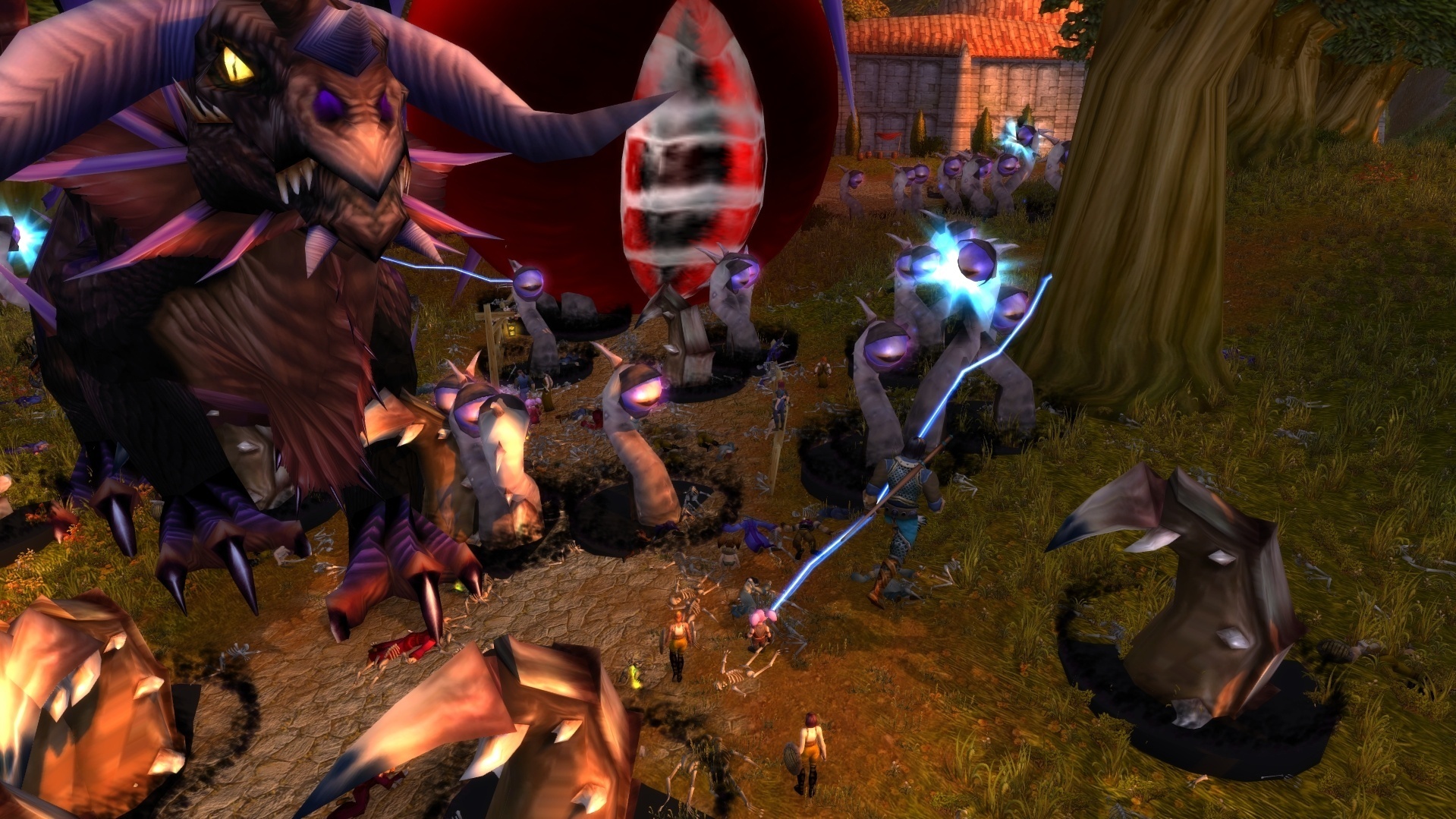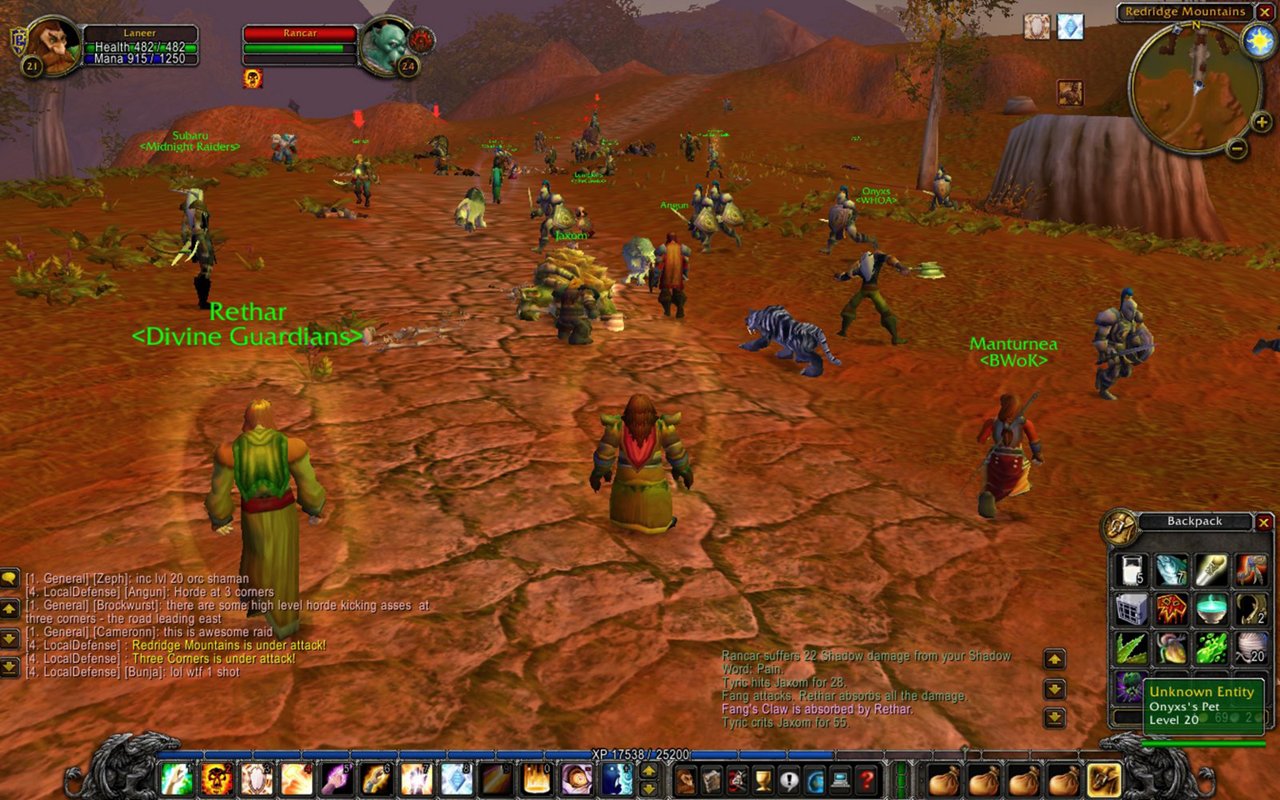

We’ve seen some confusion about layering, both about how it helps support our launch, and how it’s supposed to behave while its active, so I’d like to both speak to it and clear up some misconceptions about it.įirst, we’re absolutely committed to reducing to one layer per realm before our second content phase goes live, and the sooner we can get there, the better. Pazorax: I’m so glad you asked this question. On the Herod and Shazzrah servers, assuming population stays like it currently is, can you provide some rough idea of what you expect the minimum time in queue to be at launch? Can you elaborate in any way on some on the expected queue lengths (preferably in length of time) at launch? As the general public isn’t familiar with the layering technology, people are just wildly speculating what queue times will be. I know my group would likely consider rerolling if we were expecting 4 hour+ queues for an extended period of time, but as a whole they seem to think we’ll have sub 1 hour queues. Some liken it to old times when an over 1k queue was normal on some realms, and expect hours and hours of queue time with a 10k queue. Many think it will be like the name reservations or stress test, where there will be a long queue, but it will move quickly. With new layering technology, name reservations having people logged in for brief periods of time, and many thousands of people in the stress test, people in my group are unconcerned about queues. However, the issue my group is facing is that the length of players in queue tells us little about the expected wait time.

While on the surface this seems like it would bar participation, all it truly does is make Silithus itself a bit harder to reach.Herod and Shazzrah have been specifically named as having extremely long queue lengths (over 10,000). One of the more pressing issues that the developers discuss is teleporting players out of Silithus and away from the event.
World of warcraft classic stress test code#
Additionally, the developers are looking at code optimization to help ensure that everything runs just a bit smoother. Population density was also an extremely severe issue that the developers are going to be working on, using the example of exponential scaling when dozens of players are affected by a single effect. Additionally, testers faced crashes that ended up having enough players give up on the testing that the population dwindled enough to actually complete the event. The lag in question was nearly crippling for the test – which, again, was sort of the point of a stress test to begin with. “We are planning to do better than that, but we won’t be able to eliminate the lag entirely.” “A lot of people asked during the test if performance is going to be that bad in the live game, while some joked that they thought it was ready, and we should ship it,” Blizzard discussed.


Mentioning issues with spawning, flight paths, and more, Blizzard highlighted all the help the community had provided.īlizzard published a lengthy bit of developer feedback regarding the #WowClassic Silithus stress test, and announced a follow up test on Thursday, June 25th. Thanking all of the testers, Blizzard discussed the success and drawbacks of the test in a recent official post. Thankfully, it seems that the test has been a resounding success! While there were powerful issues with lag and spawning – which was to be expected, given that this was meant for testing purposes and not playability – the stress test proved as helpful as Blizzard needed it to be. Meant to test the readiness of the Classic servers, this optional test strained against the test servers to see how much was needed before the Opening of Ahn’Qiraj began. Recently, we discussed a stress test that Blizzard would be holding. While the developers decide if they’d like to move onwards to The Burning Crusade or simply stay where they’ve planned to for now, it remains clear that everything that Vanilla once experienced is still on the way. While Blizzard gathers opinions on whether the title should remain in Vanilla or if it should move onwards to future expansions. As World of Warcraft: Classic continues to grow, there’s been plenty of questions as to where the future of the game lies.


 0 kommentar(er)
0 kommentar(er)
